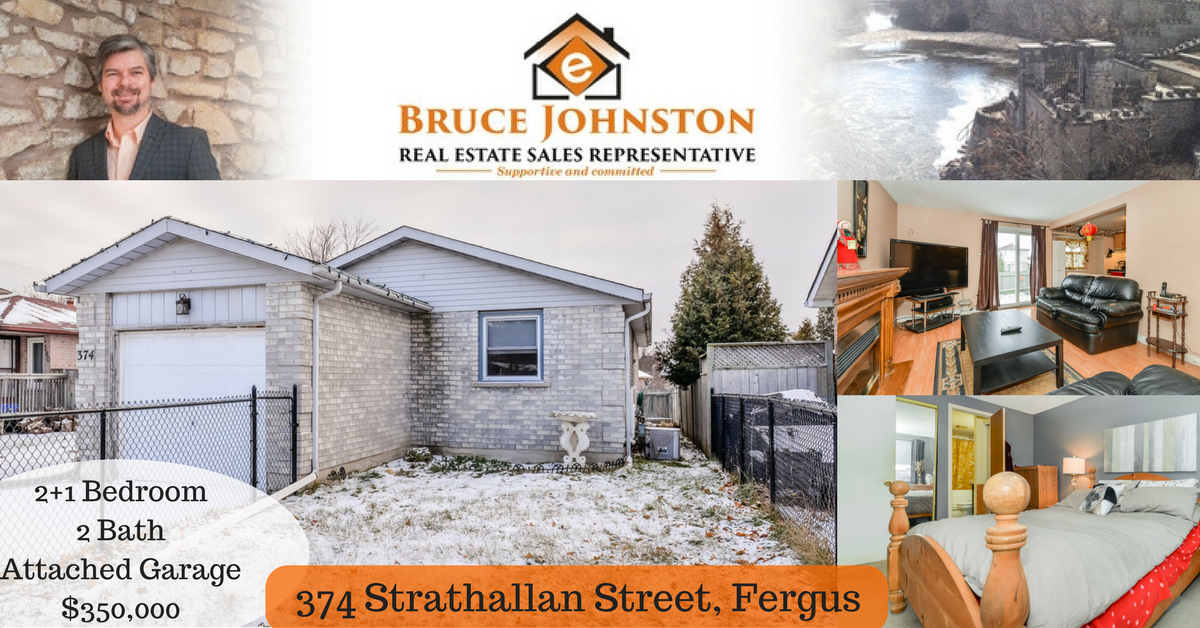
5 Step Strategy for Downsizing Your Home
In our “bigger is better” culture, there’s an expectation that each home should be larger and grander than the last. But life changes like divorce, kids leaving for college, or even the simple act of growing older can prompt us to find a smaller home that better suits our shifting needs and lifestyle.
In fact, the advantages of downsizing are being increasingly recognized. A “tiny house movement” has gained passionate advocates who appreciate the benefits of living simply at any age and stage of life. Not only does a smaller home typically cost less, it also takes less time and effort to maintain.1
Whatever your reasons are for downsizing, the process can seem overwhelming. That’s why we’ve outlined five steps to guide you on your journey. And in the end, we hope you’ll find that less is more … more comfort, more security, and more time and energy to spend on the activities and the people that you love.
5 STEPS TO DOWNSIZING SUCCESS
- Determine Your Goals and Limitations
The first step is to figure out your goals for your new living environment. Do you want to live closer to family? Are you hoping to cut down on home maintenance? Are you looking for a community with certain amenities?
You should also consider any limitations that will impact the home you choose. For example, are stairs an issue? Do you need access to medical care? In the case of divorce, are there child-custody issues you need to take into account?
Estimate how long you plan to stay in your new home. Do you expect your needs to change during that time?
Make a “wish list” of features and prioritize them from most to least important. If you’d like any assistance with this process, give us a call! We’d be happy to sit down with you for a free consultation. We can also help you assess the value of your current home so you can set a realistic budget for your new one.
- Find the Perfect New Home
Once you’ve established your “wish list,” we can begin the search for your new home. As local market experts, we know the ins and outs of all the top communities in our area. We can help you determine the neighborhood and type of home that will best fit your wants and needs.
From family neighborhoods to retirement communities, we serve clients in all stages of life. If you or a loved one are in need of extended support, we can also share our knowledge of the assisted living facilities in town and help you identify those that offer the optimal level of care.
Are you planning to relocate out of town? We can refer you to a trusted real estate professional in your target area who can help you with your search.
- Sell Your Current Home
If you’re ready to sell your current home, we’ll begin the process of preparing to list it as we search for your new one.
We have a special interest in helping homeowners who are facing major life transitions, and we offer a full-service real estate experience that aims to remove as much of the stress and hassle of selling your home as possible. We also understand that many of our clients choose to downsize for financial reasons, so we employ tactics and strategies to maximize the potential sales revenue of your home.
We do this by employing our proven three-part approach, which focuses on optimum preparation, pricing, and promotion. As part of that plan, we invest in an aggressive marketing strategy that utilizes online and social media platforms to connect with consumers and offline channels to connect with local real estate agents. This ensures your property gets maximum exposure to prospective buyers.
- Sort and Pack Your Belongings
Even before you find your new home, you can begin preparing for your move. A smaller home means less space for your furniture and other possessions, so you will need to decide what to keep and what to sell or donate. Sorting through an entire house full of belongings will take time, so begin as early as possible.
Parting with personal possessions can be an extremely emotional process. Start with a small, unemotional space like a laundry or powder room and work your way up to larger rooms. Focus on eliminating duplicates and anything you don’t regularly use. If you have sentimental pieces, family heirlooms, or just useful items you no longer need, think about who in your life would benefit from having them. For large collections, consider keeping one or two favorite pieces and photographing the rest to put in an album.2
Make sure the items you keep help you achieve the goals you outlined in Step 1. For example, if you want a home that’s easier to clean, cut down on knickknacks that require frequent dusting. If you’re moving to be closer to your grandchildren, choose the shatterproof plates over the antique china.
Allow yourself time to take breaks if you start to feel overwhelmed. If you’re helping a loved one with a move, try to be a patient listener if they want to stop and share stories about particular items or memories throughout the process.3 This can be therapeutic for them and an opportunity for you to learn family history that may otherwise have been forgotten.
- Get Help When You Need It
Moving is stressful in any situation. But if you’re downsizing due to health issues or a major life change, it can be an especially tough transition. Don’t be afraid to ask for help.
Seek out friends and family members who can assist with packing and decluttering. If that’s not an option, or if you need additional help, consider hiring a home organizer, full-service moving company, or even a senior move manager, which is a professional who assists older adults and their families with the physical and emotional aspects of relocation.4 You can find one accredited by the National Association of Senior Move Managers at https://www.nasmm.org/find/index.cfm.
If financial constraints are holding back, let us know. We can help you explore the possibility of tapping into the equity in your current home now. That way you can afford to get the assistance you need to make your transition as smooth as possible.
ARE YOU LIVING YOUR BEST LIFE?
If your current home no longer suits your needs, maybe it’s time to consider a change. We would love to help you explore your options. Contact us today to schedule a free, no-obligation consultation.
Sources:
- The Tiny Life -
https://thetinylife.com/what-is-the-tiny-house-movement/ - My Move -
https://www.mymove.com/moving/senior-guide-downsizing/ - Daily Caring -
https://dailycaring.com/5-tips-to-downsizing-for-seniors-keepsakes-mementos/ - National Association of Senior Move Managers -
https://www.nasmm.org

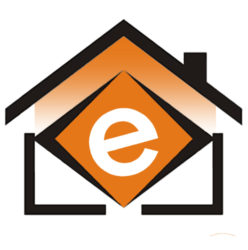
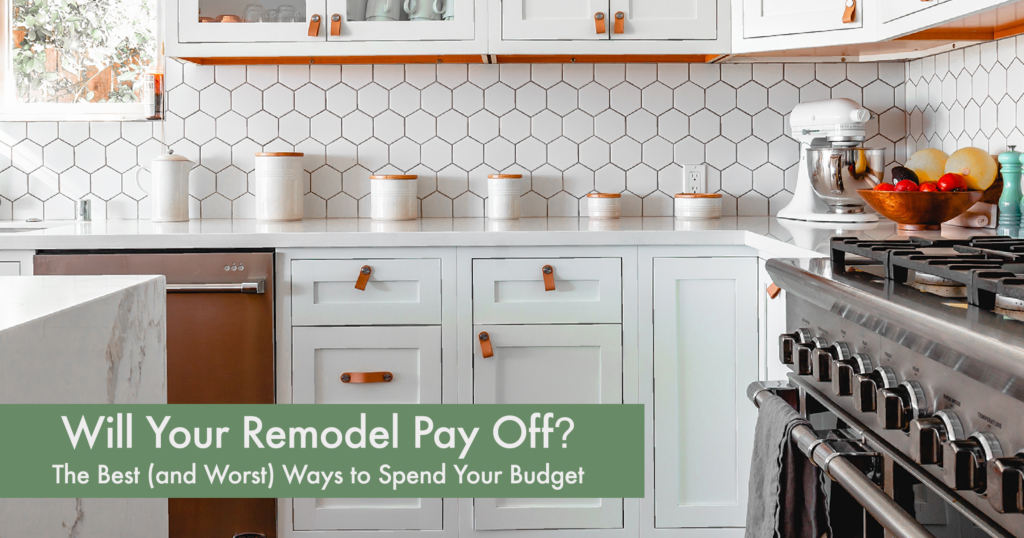
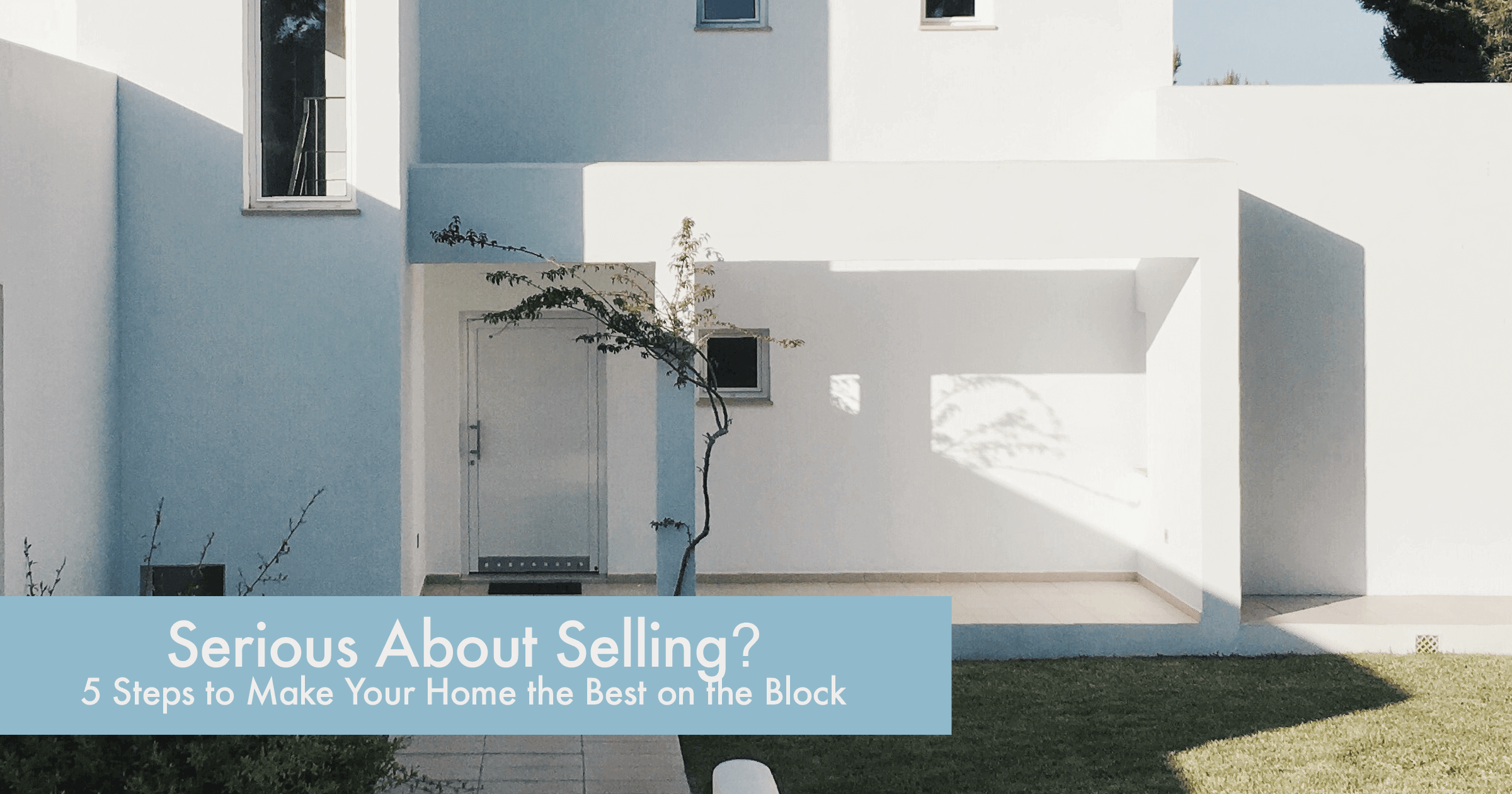

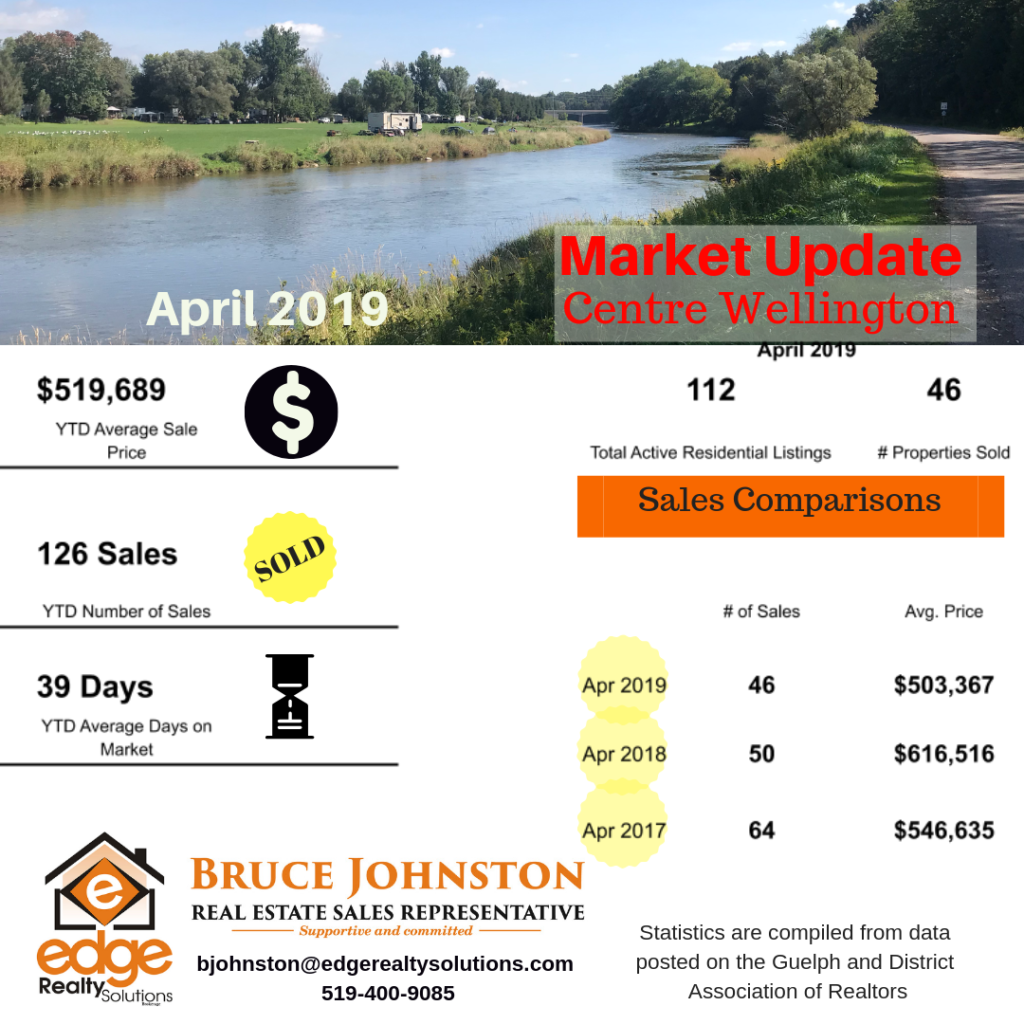
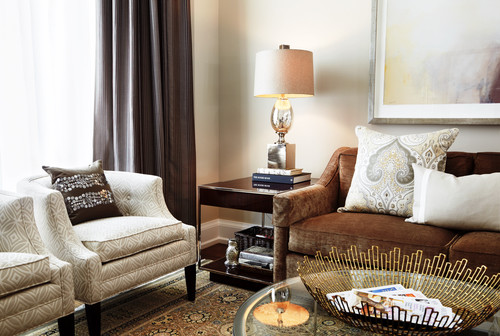
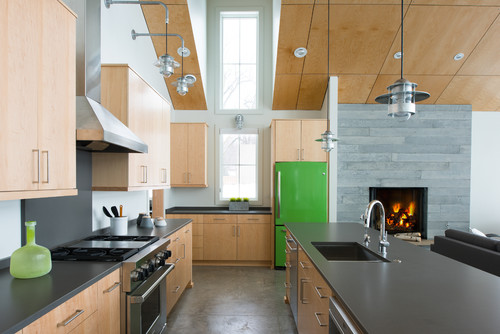

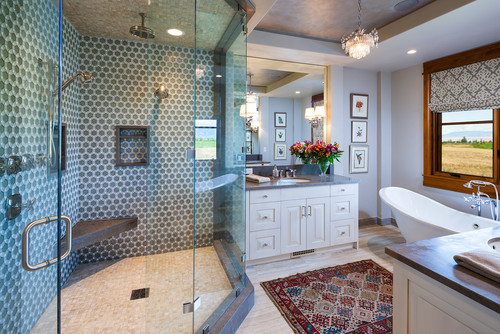
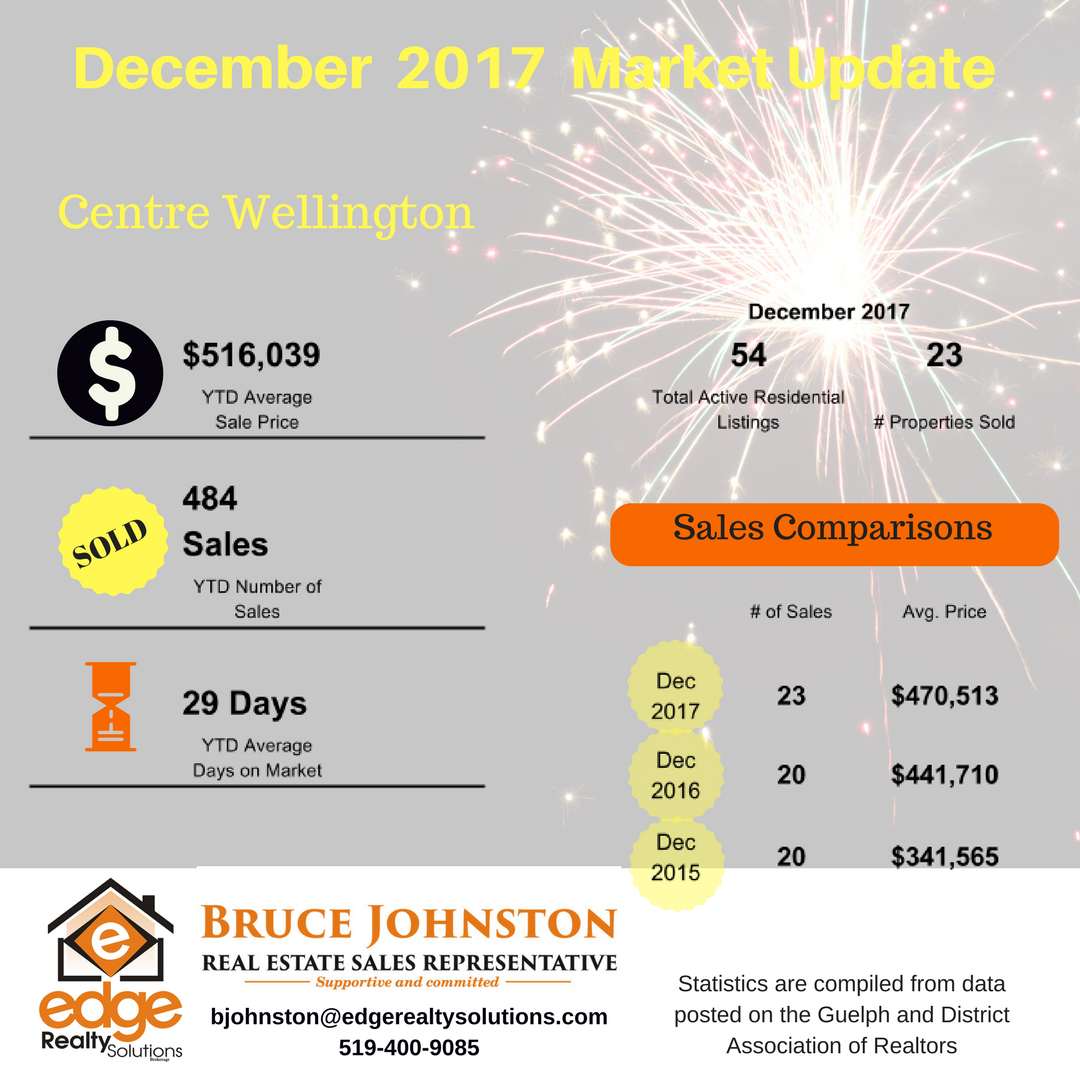 that perfect home to come up for sale.
that perfect home to come up for sale.